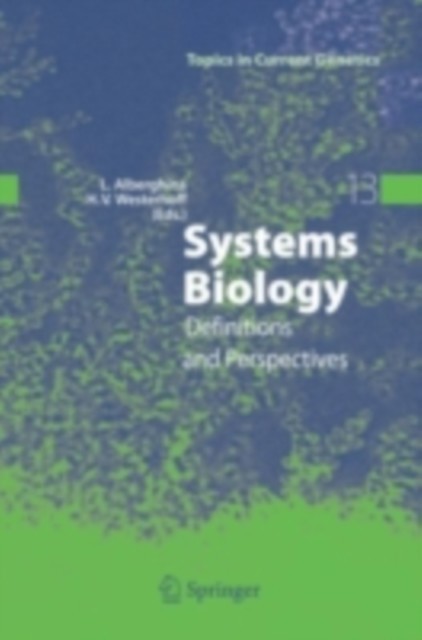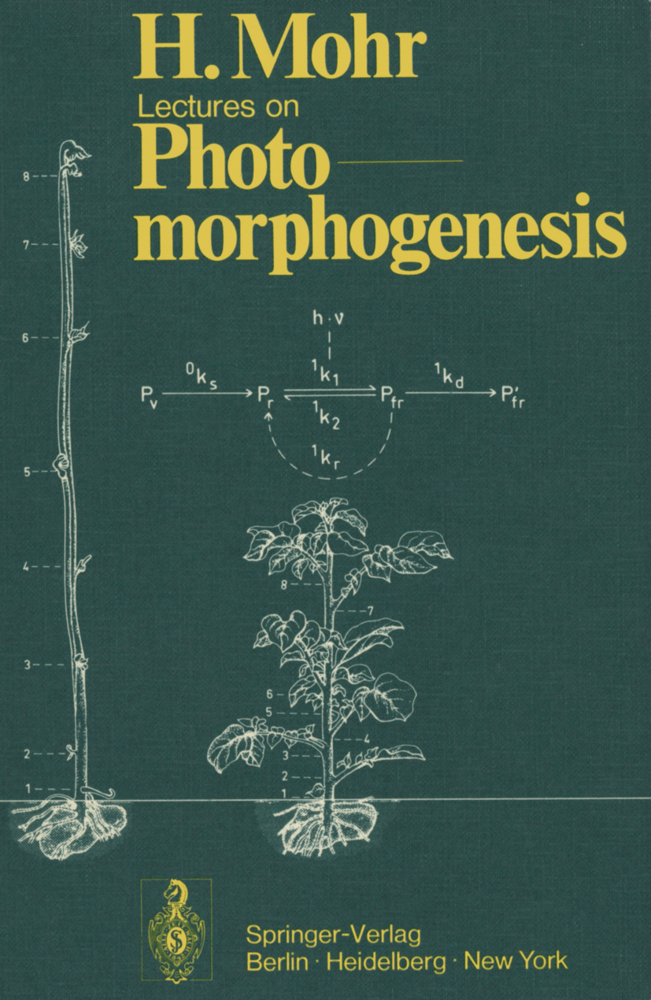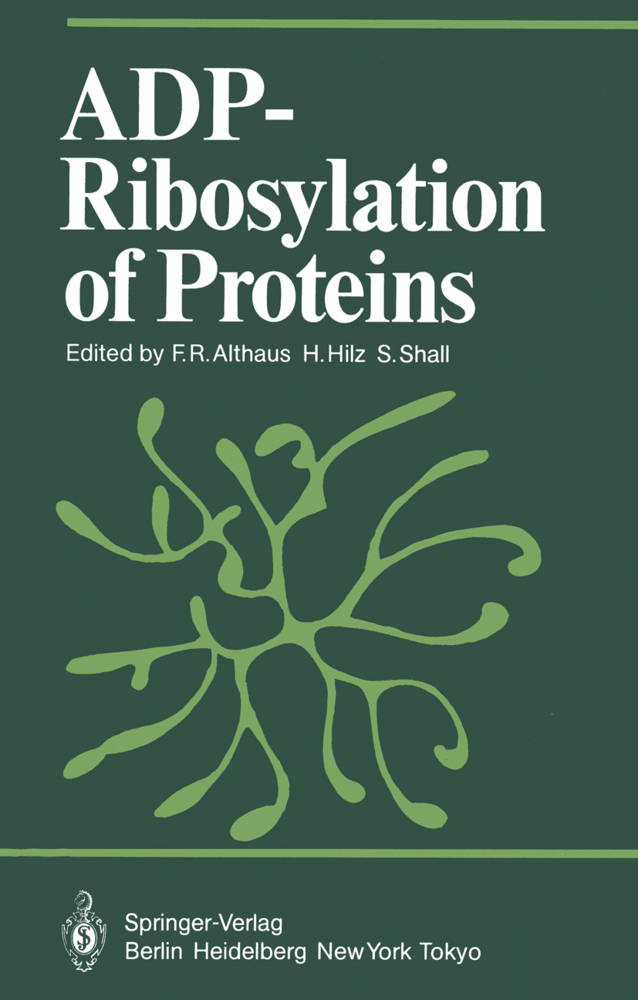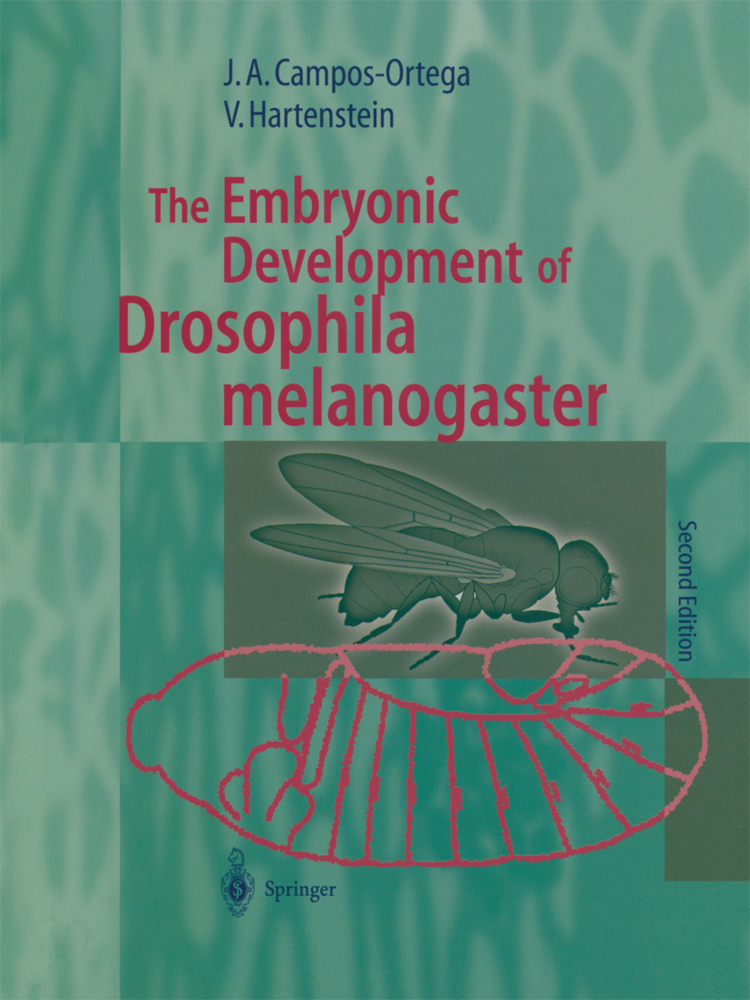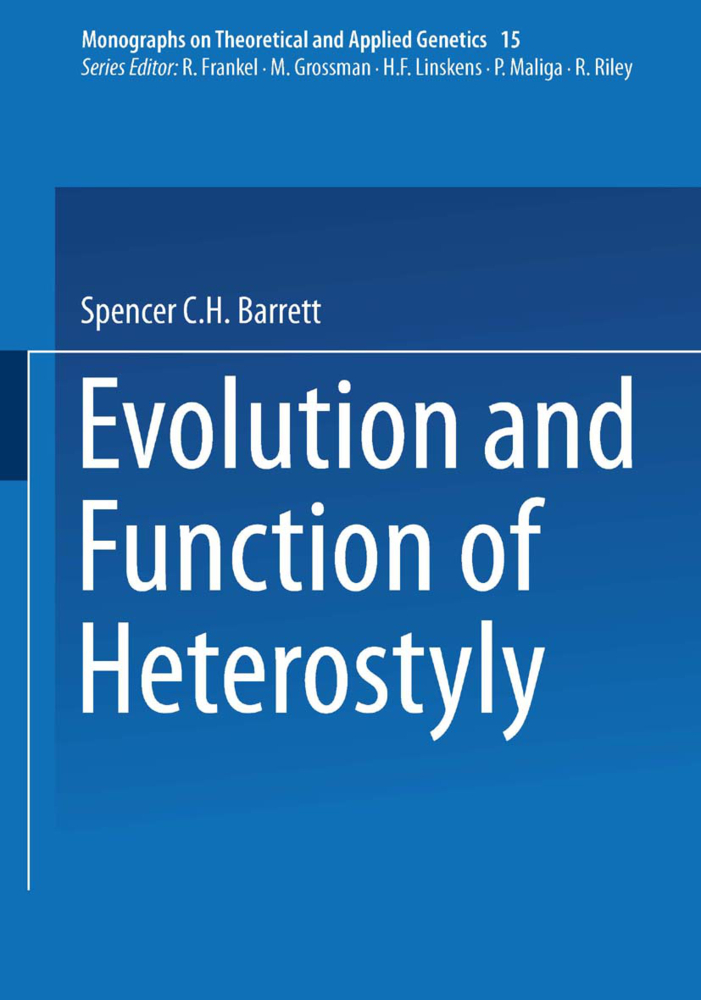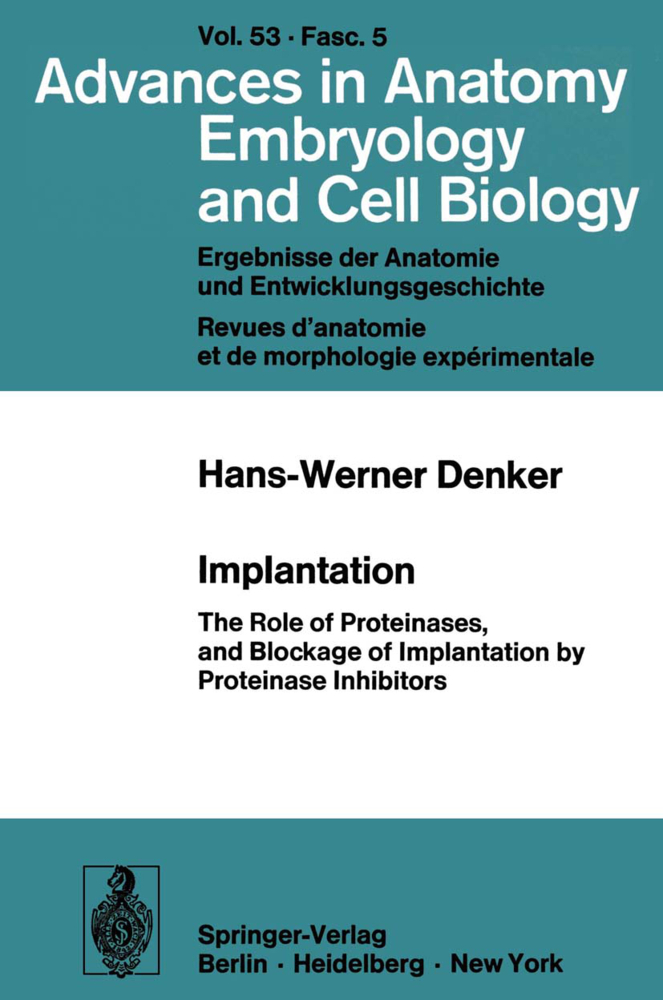Quantitative Biology of Metabolism
Models of Metabolism, Metabolic Parameters, Damage to Metabolism, Metabolic Control
Quantitative Biology of Metabolism
Models of Metabolism, Metabolic Parameters, Damage to Metabolism, Metabolic Control
The development of the life sciences may be said to have effected a gradual transition from a more or less intuitive prescientific approach based on crude observation, via a more refined type of observation to experimentation and hence to the level of formal theories. Quantitative methods are introduced at the second level; they comprise: (a) quantitative design of experiments; (b) regrouping of experimental results; (c) evalua tion of results by means of mathematical or special statistical techniques. The last step implies the introduction of theoretical concepts, but we are not justified in speaking of theoretical science unless true theoretical con siderations-models or hypotheses-precede experiment, and this is then followed by an attempt to link results with theory so as to verify the theory. Biology at present seems to lie somewhere between the second and third level mentioned above, not yet having achieved the status of a theoretical science in all its branches. Thus, though the need for quantification and mathematical formulation is widely recognized, many biologists still believe that e.g. general systems theory is too abstract to be of use in handling concrete problems. Those, however, who look critically at the present state of affairs cannot adopt this attitude.
1 The Epistemological Significance of Models in Science
2 Causality, Complexity and Computers
1.2. Discrete and Continuous Models
3 Discrete and Continuous Representations of Metabolic Models
4 Interaction of a Digital (Genetic) System with a Continuous (Enzymatic) One in the Cell
5 A Model for Sustained Rhythmic Binary Logic in Biochemical Systems
1.3 Stochastic and Deterministic Models
6 Some General Ideas on Deterministic and Stochastic Models in Biological Systems
7 Turnover Compartmentalization. An Approach to Analysis of Whole-body Retention Data
1.4 Computer Models of Cell Metabolism
8 Functioning of a Cell Model
9 A Digital Computer System for the Construction and Analysis of Steady State Models of Enzyme Catalysed Networks
10 Computation of Equilibria and Kinetics of Chemical Systems with Many Species
2. Metabolic Parameters
2.1 Temperature - Season - Adaptation
11 The Relation between Heat Production, Oxygen Consumption and Temperature in Some Poikilotherms
12 On Structure and Metabolic Rate of the Skeletal Muscle of the Eel (Anguilla vulgaris L.)
13 Analysis of Heart Rate Adaptation to Temperature
14 The Heat Production of Goldfinches and Canaries in Summer and Winter
15 Quantitative Thermogenesis of Brown Fat in Hibernation and Cold Adaptation
2.2 Growth - Age
16 Contributions to the Energetics of Animal Growth
17 Models of the Growth of Organisms under Nutrient Limiting Conditions
18 Biomathematical Interpretation of Organismic Growth
19 Relationships between Respiration during Imbibition and Subsequent Growth Rates in Germinating Seeds
20 Quantitative Parameters of Rat Liver Mitochondria in Relation to Age
2.3 Cellular Milieu - Experimental Influences
21 Enzymes as Indicators of Intracellular Reaction Conditions
22 The Influence of Ethanol on Carbohydrate- and Fat-Metabolism of the Liver
3. Damage to Metabolism
3.1 Damage Due to Irradiation
23 Application of Quantitative Models for the Analysis of the Mechanisms of Protection against the Damaging Effects of Ionizing Radiation
24 Intracellular Recovery after Irradiation
3.2 Damage Due to Radio lytic or Toxic Compounds
25 Inhibitory Action of Radiolytic Compounds on Cell Function
26 On the Release and Elimination of Liver Glutamic-Oxalacetic-Transferase
3.3 Damage Due to Oxygen Lack
27 Metabolic Effects of Acute Hypoxia on Rat and Turtle Brain
28 Changes in Metabolite Concentrations in Ischemic Kidneys of Rabbits and in Transplanted Kidneys of Dogs
4. Metabolic Control
4.1 Metabolic Control and Optimisation
29 The Mutual Coaction of two Regulatory Mechanisms Realizing Optimal Autoregulation of Metabolism
30 Optimization of Structure and Metabolism in Cellular Automata
4.2 Metabolic Control at the Cellular Level
31 Oscillatory Control of Glycolysis as a Model for Biological Timing Processes
32 Evaluation of the Coordinated Control of Activated Glycolysis and Respiration by Ortho-phosphate and ADP in Ascites Tumor Cells
33 Profiles of Substrate Levels of the Central Metabolic Pathways in Frog Heart
4.3 Control at the Systemic Level
34 Analysis by Computer of Some Oscillatory Features of the Red Cell System
4.4 Control and CNS
35 Memory and Cellular Control Processes
36 On the Steady State Nature of Evolution, Learning, Perception, Hallucination and Dreaming
37 Circadian Activity Rhythm in the CNS and its Control
4.5 Thermoregulation
38 The Use of Theoretical Models in the Study of Thermoregulation in Man
39 On the Mechanism of the Calorigenic Action of Catecholamines
5. Conclusion
40 Some Epicritical Remarks (Instead of a Summary)
Author Index.
1. Models of Metabolism
1.1. Models in General1 The Epistemological Significance of Models in Science
2 Causality, Complexity and Computers
1.2. Discrete and Continuous Models
3 Discrete and Continuous Representations of Metabolic Models
4 Interaction of a Digital (Genetic) System with a Continuous (Enzymatic) One in the Cell
5 A Model for Sustained Rhythmic Binary Logic in Biochemical Systems
1.3 Stochastic and Deterministic Models
6 Some General Ideas on Deterministic and Stochastic Models in Biological Systems
7 Turnover Compartmentalization. An Approach to Analysis of Whole-body Retention Data
1.4 Computer Models of Cell Metabolism
8 Functioning of a Cell Model
9 A Digital Computer System for the Construction and Analysis of Steady State Models of Enzyme Catalysed Networks
10 Computation of Equilibria and Kinetics of Chemical Systems with Many Species
2. Metabolic Parameters
2.1 Temperature - Season - Adaptation
11 The Relation between Heat Production, Oxygen Consumption and Temperature in Some Poikilotherms
12 On Structure and Metabolic Rate of the Skeletal Muscle of the Eel (Anguilla vulgaris L.)
13 Analysis of Heart Rate Adaptation to Temperature
14 The Heat Production of Goldfinches and Canaries in Summer and Winter
15 Quantitative Thermogenesis of Brown Fat in Hibernation and Cold Adaptation
2.2 Growth - Age
16 Contributions to the Energetics of Animal Growth
17 Models of the Growth of Organisms under Nutrient Limiting Conditions
18 Biomathematical Interpretation of Organismic Growth
19 Relationships between Respiration during Imbibition and Subsequent Growth Rates in Germinating Seeds
20 Quantitative Parameters of Rat Liver Mitochondria in Relation to Age
2.3 Cellular Milieu - Experimental Influences
21 Enzymes as Indicators of Intracellular Reaction Conditions
22 The Influence of Ethanol on Carbohydrate- and Fat-Metabolism of the Liver
3. Damage to Metabolism
3.1 Damage Due to Irradiation
23 Application of Quantitative Models for the Analysis of the Mechanisms of Protection against the Damaging Effects of Ionizing Radiation
24 Intracellular Recovery after Irradiation
3.2 Damage Due to Radio lytic or Toxic Compounds
25 Inhibitory Action of Radiolytic Compounds on Cell Function
26 On the Release and Elimination of Liver Glutamic-Oxalacetic-Transferase
3.3 Damage Due to Oxygen Lack
27 Metabolic Effects of Acute Hypoxia on Rat and Turtle Brain
28 Changes in Metabolite Concentrations in Ischemic Kidneys of Rabbits and in Transplanted Kidneys of Dogs
4. Metabolic Control
4.1 Metabolic Control and Optimisation
29 The Mutual Coaction of two Regulatory Mechanisms Realizing Optimal Autoregulation of Metabolism
30 Optimization of Structure and Metabolism in Cellular Automata
4.2 Metabolic Control at the Cellular Level
31 Oscillatory Control of Glycolysis as a Model for Biological Timing Processes
32 Evaluation of the Coordinated Control of Activated Glycolysis and Respiration by Ortho-phosphate and ADP in Ascites Tumor Cells
33 Profiles of Substrate Levels of the Central Metabolic Pathways in Frog Heart
4.3 Control at the Systemic Level
34 Analysis by Computer of Some Oscillatory Features of the Red Cell System
4.4 Control and CNS
35 Memory and Cellular Control Processes
36 On the Steady State Nature of Evolution, Learning, Perception, Hallucination and Dreaming
37 Circadian Activity Rhythm in the CNS and its Control
4.5 Thermoregulation
38 The Use of Theoretical Models in the Study of Thermoregulation in Man
39 On the Mechanism of the Calorigenic Action of Catecholamines
5. Conclusion
40 Some Epicritical Remarks (Instead of a Summary)
Author Index.
Locker, Alfred
Locker, Alfred
Krüger, F.
| ISBN | 978-3-540-04301-0 |
|---|---|
| Artikelnummer | 9783540043010 |
| Medientyp | Buch |
| Auflage | 1968 |
| Copyrightjahr | 1968 |
| Verlag | Springer, Berlin |
| Umfang | XVI, 296 Seiten |
| Abbildungen | XVI, 296 p. 7 illus. |
| Sprache | Englisch |



